What if we told you that Pride Month owes its origin to the Italian Mafia?
In this wild deep dive, Patrick Bet-David uncovers how New York’s Genovese crime family ran the infamous Stonewall Inn — an illegal, filthy, mafia-run gay club — and how a 1969 police raid sparked the riots that would later evolve into today’s LGBTQ+ Pride Month.
From mafia blackmail operations to bribed cops, to a cultural movement that now spans 125 days a year, this is the side of history you won’t hear on mainstream news.
Watch until the end for the insane connections between the mob, U.S. presidents, modern culture wars, and the dramatic collapse in U.S. family demographics.
Subscribe to Valuetainment for more deep dives, explainers, and motivational videos from PBD!
Pride Month, now globally recognized as a celebration of LGBTQ+ rights and identity, has surprising roots in the shadowy underworld of organized crime. According to the video, the Italian mafia—specifically the Genevese crime family under the local leadership of “Fat Tony” Lauria—played an indirect yet pivotal role in launching what would become the modern LGBTQ+ rights movement.
During the 1950s and ’60s, laws in the U.S. made it illegal for bars to serve homosexual patrons. Enter the Mafia: seeing an opportunity for profit, they established illicit gay clubs like Stonewall Inn in New York City’s Greenwich Village. The establishment lacked proper sanitation, overcharged patrons, and operated without a liquor license, yet it offered the only sanctuary for many in the gay community, including drag queens, transgender youth, and closeted influential men.
Control, Corruption, and Exploitation
The Mafia leveraged these clubs not just for profit, but for power. Allegedly, they used visits by powerful closeted men to gather blackmail material—similar to tactics rumored in cases involving figures like Roy Cohn. Meanwhile, the Mafia paid off police officers to ignore these illegal establishments. For years, this uneasy equilibrium remained intact until tensions exploded on June 28, 1969.
The Stonewall Riots: Birth of a Movement
On that fateful night, police raided Stonewall, possibly because bribes had ceased or the scene had become too unruly. Officers forcibly investigated the patrons, particularly targeting those in drag. This time, however, the community fought back. What started as resistance turned into a full-scale riot, drawing in over 600 people. Barricades were set up, bricks were thrown, and fires were ignited. At one point, the police had to barricade themselves inside the very bar they were raiding.
The protests raged for several days. Though 13 were arrested, the events sparked a cultural revolution. The following year, on the anniversary of the riots, activists held the first Liberation Day March on Christopher Street—marking the first-ever gay pride parade.
Marsha P. Johnson: Icon or Myth?
The video critically examines the often-cited role of Marsha P. Johnson—a Black drag queen and activist—widely heralded as a central figure in the riots.
But according to evidence PBD has uncovered, Johnson did not arrive at the riots until hours after they began and never personally identified as transgender, instead using terms like “gay” or “drag queen.”
Evolution of Pride: From Margins to Mainstream
From that riotous genesis, Pride evolved over decades. The 1980s saw the community ravaged by the AIDS epidemic, which claimed nearly 90,000 lives in the U.S. alone. Yet, advocacy continued. In 1999, President Bill Clinton officially declared June as Gay and Lesbian Pride Month. His successor, Barack Obama, expanded it to LGBT Pride Month, and in 2021, President Joe Biden designated it LGBTQ+ Pride Month, emphasizing even broader inclusivity.
As of 2025, various reports estimate that 9.3% of the U.S. population identifies as part of the LGBTQ+ community. The video provocatively notes that more than 125 days annually are now dedicated to celebrating gender and sexual minorities—raising questions about balance, representation, and societal priorities.
A Cultural Crossroads: Reflections and Criticisms
The video concludes with a broader societal critique. It notes that the percentage of American households with children under 18 has plummeted from 44% in 1960 to 24% today. The speaker questions whether the extensive focus on gender and sexual identity has come at the expense of family structures and birth rates.
Rather than devalue Pride, Patrick advocates for a return to “common sense”, where private life remains private, and broader attention is given to families, parents, and children.
The history of Pride Month is complex, controversial, and undeniably compelling. What began in an underworld speakeasy run by criminals evolved into a civil rights movement, influencing politics, culture, and identity on a global scale. From Stonewall’s fiery origins to its institutional embrace by presidents, the legacy of Pride is a testament to resilience, reinvention—and, unexpectedly, the reach of the mob.

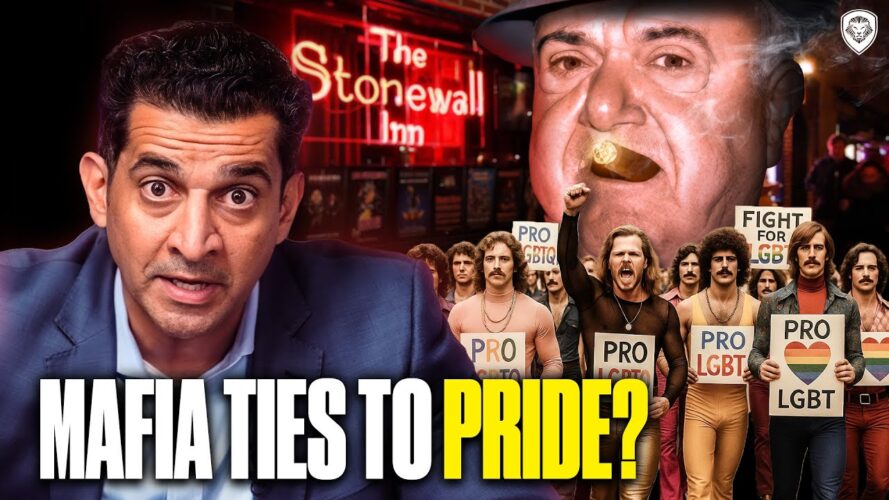




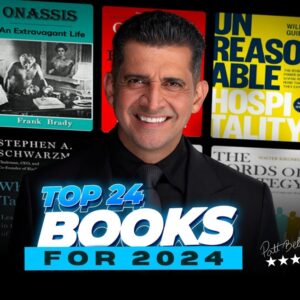
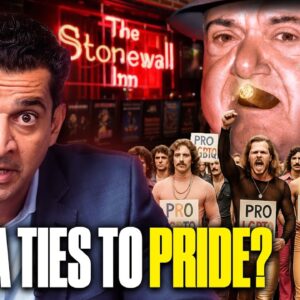



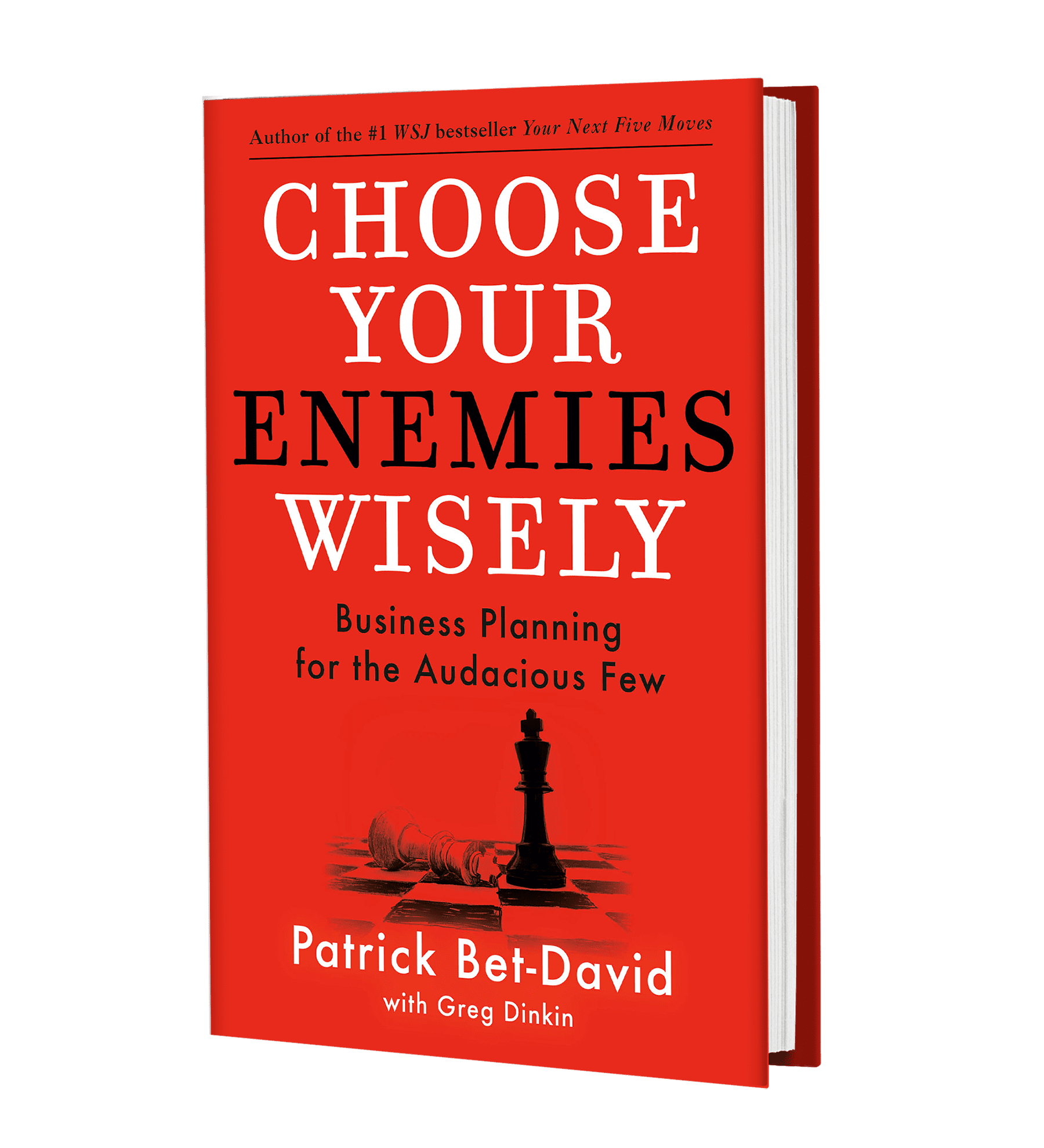


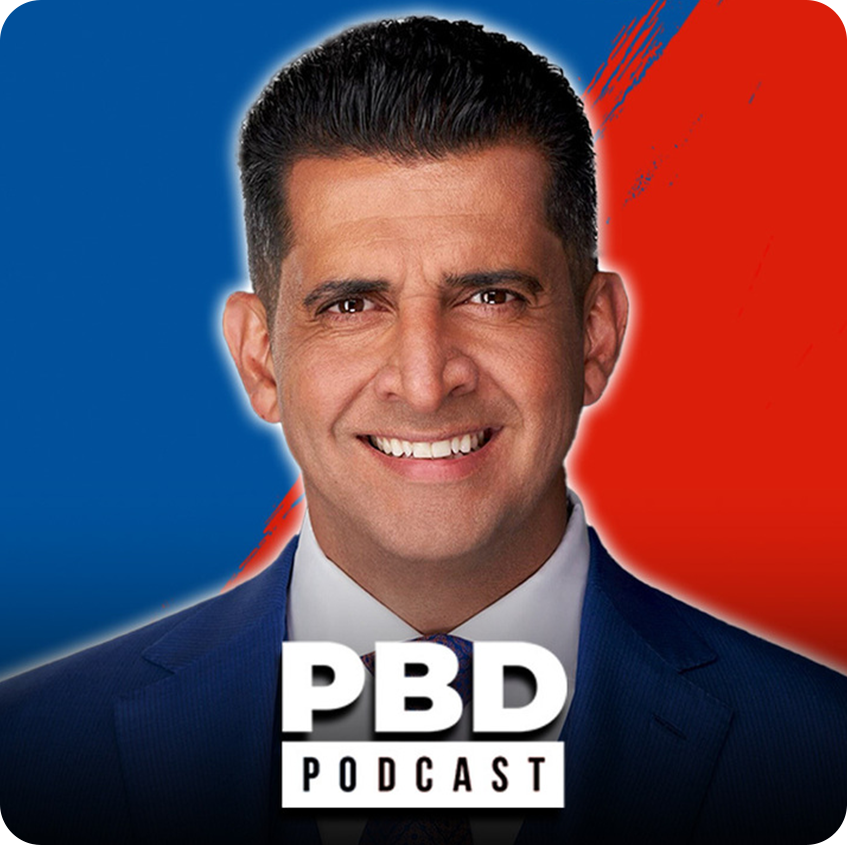
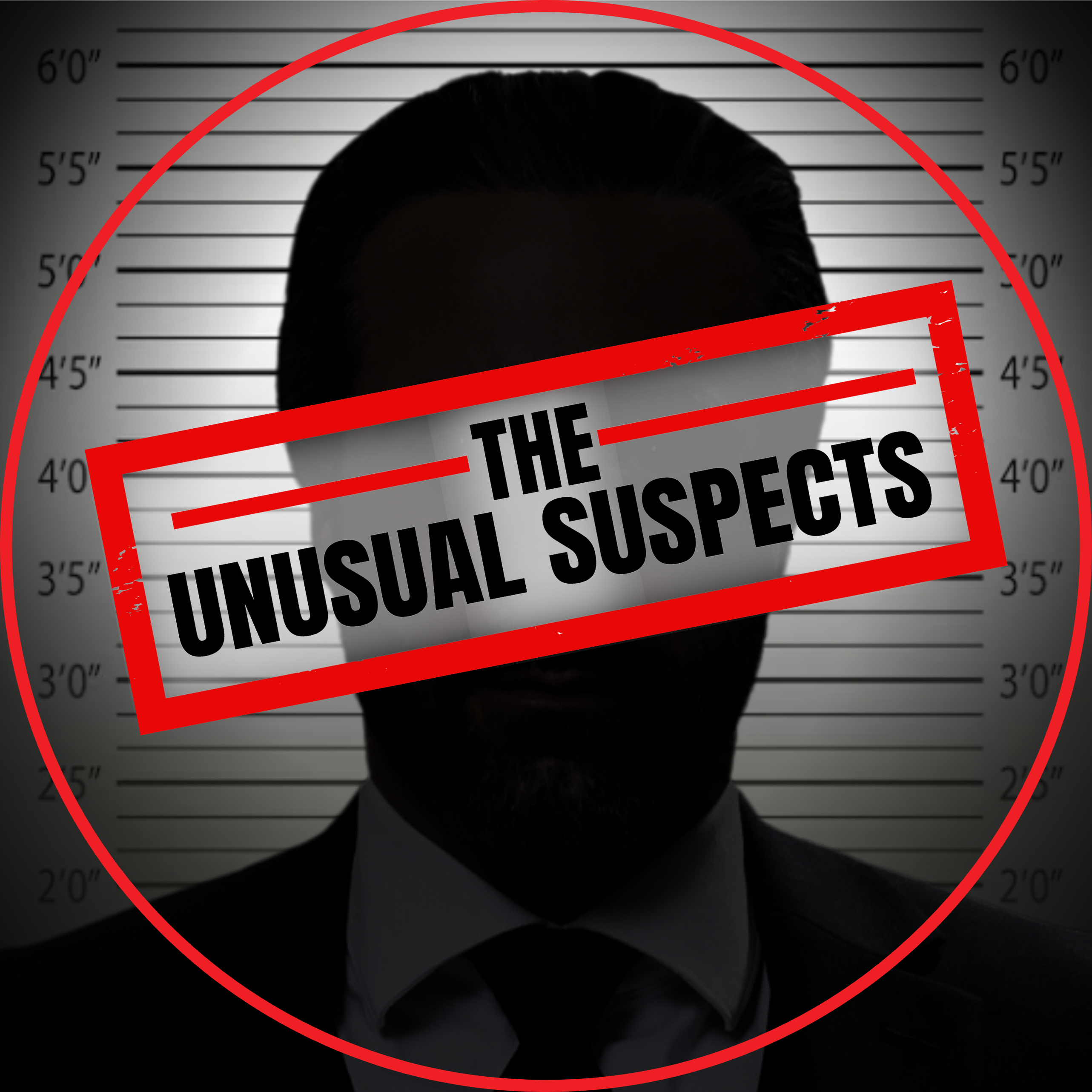
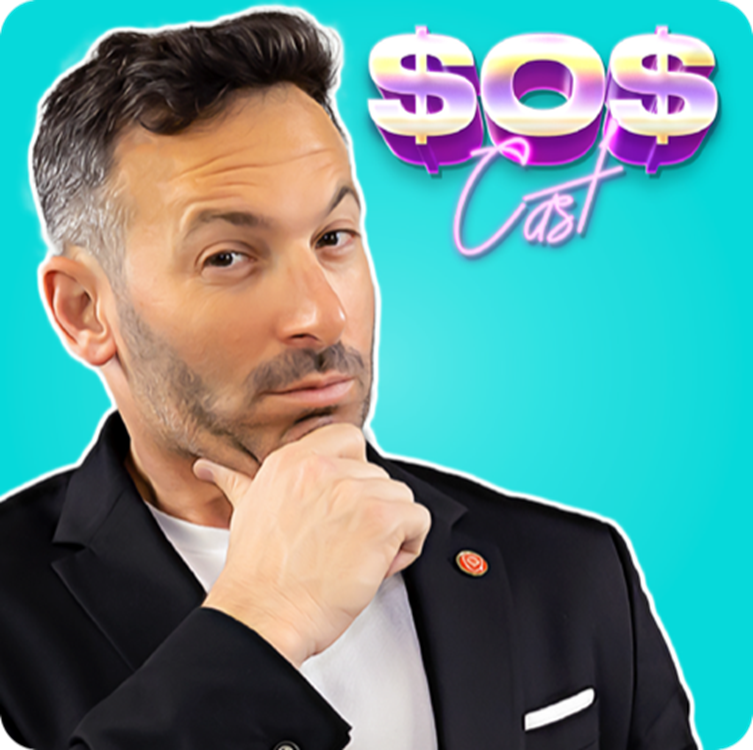
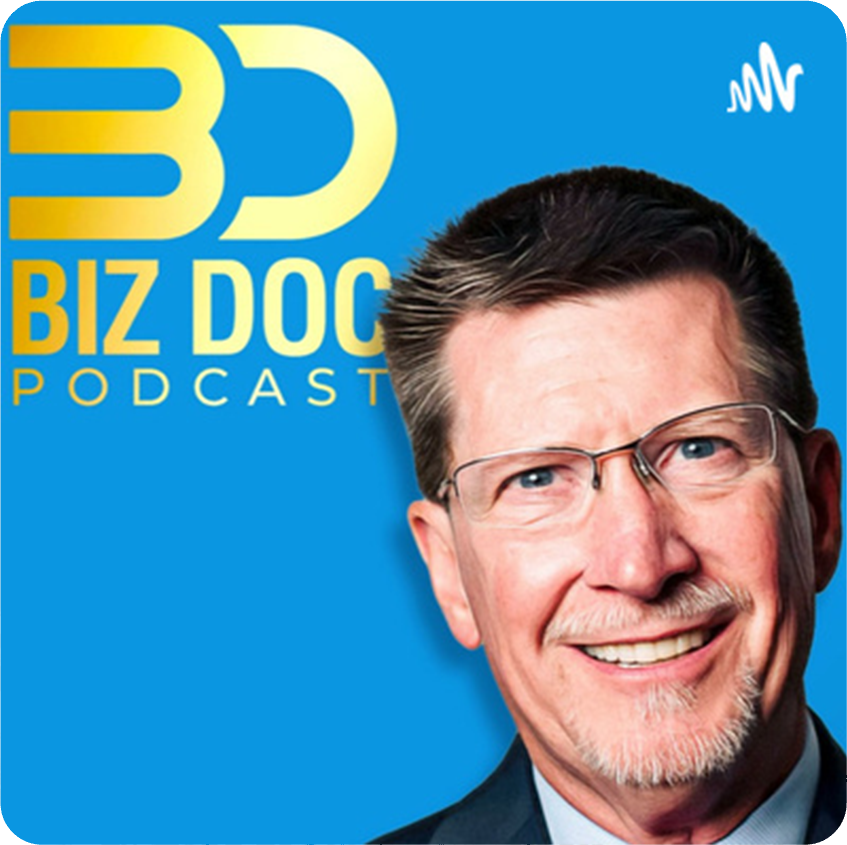
Add comment